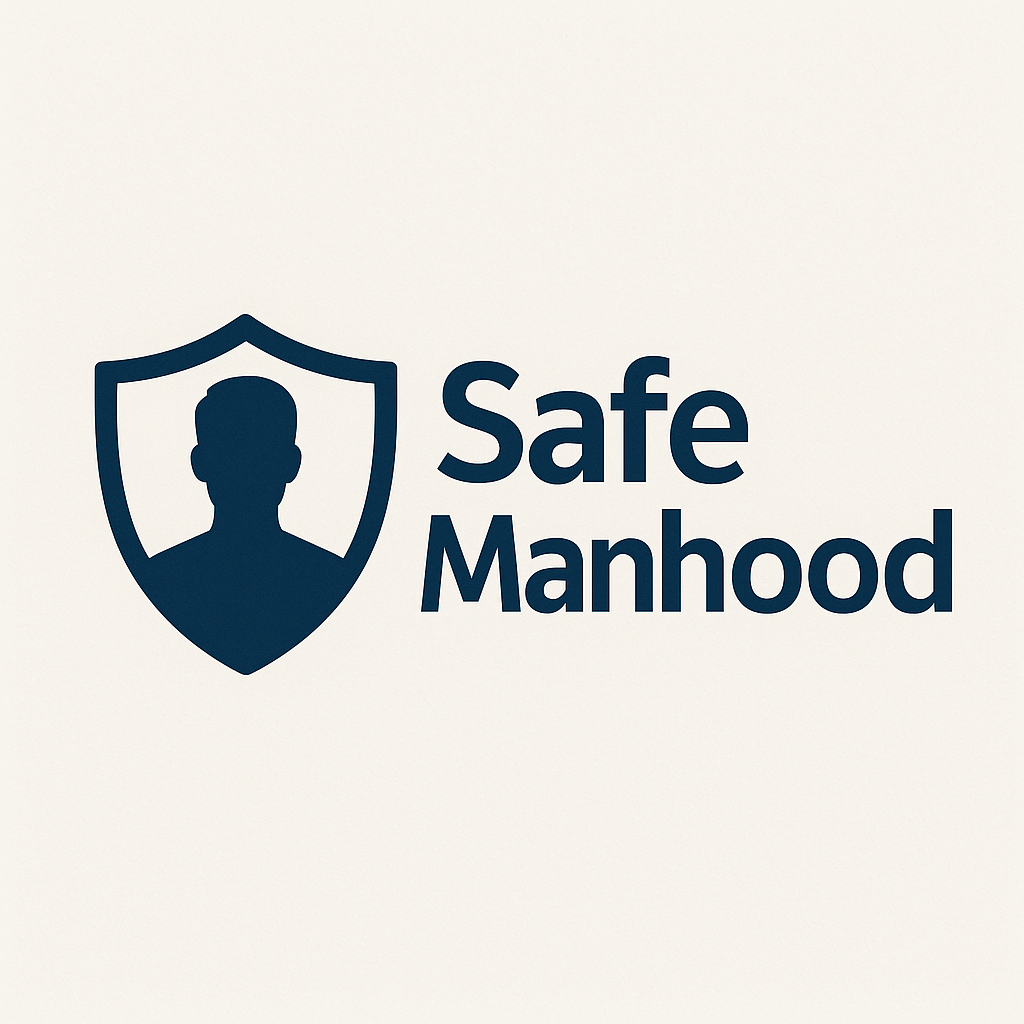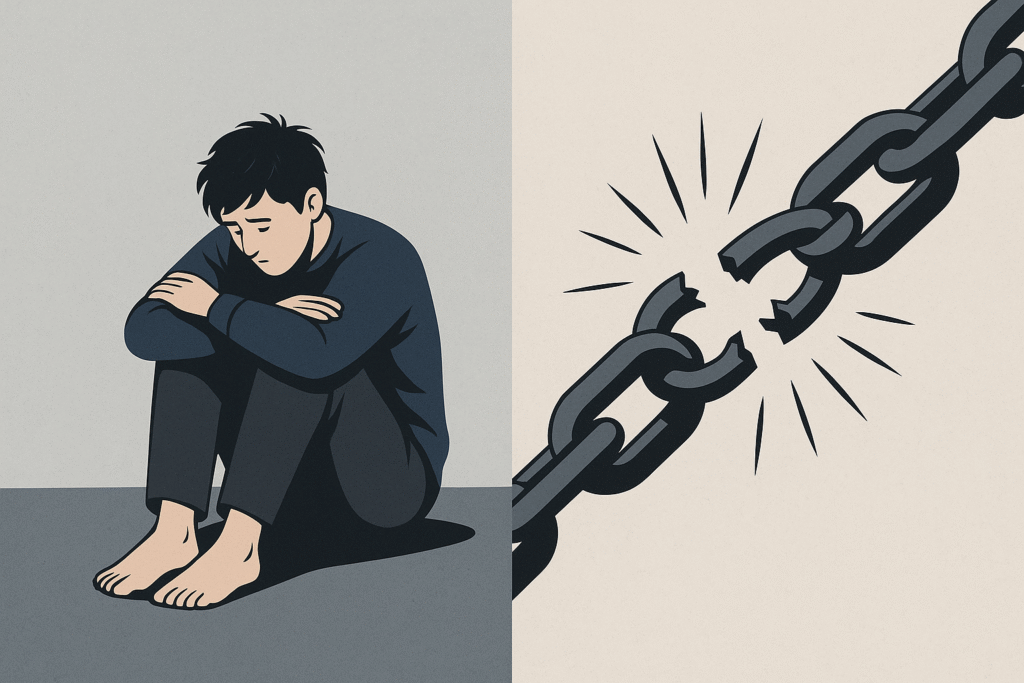Introduction
Relationships are meant to be a source of support, trust, and emotional safety. Yet for many people—especially young individuals navigating early partnerships—their reality is shaped by manipulation, fear, and loss of freedom. This pattern of behaviour is called coercive control—a form of domestic abuse that may not leave physical scars but can completely dismantle a person’s sense of autonomy and identity.
This article explores coercive control in depth, particularly how it affects young people in relationships. You’ll learn what coercive control looks like, why it’s so harmful, how to recognize the signs, and most importantly—how to get help.
What is Coercive Control?
Coercive control is a pattern of controlling, manipulative, and abusive behaviours that an abuser uses to dominate their partner or ex-partner. It includes emotional, psychological, and financial abuse, and may involve stalking, threats, and social isolation. Unlike one-off incidents, coercive control is ongoing and strategic—designed to make a person feel dependent, powerless, and afraid.
According to the Australian Government’s Department of Social Services, coercive control “creates fear and takes away the person’s freedom and independence.” It can be in-person or online, and it may continue even after a relationship has ended.
“Coercive control creates invisible chains and a sense of fear that pervades all elements of a survivor’s life.” — Women’s Aid UK
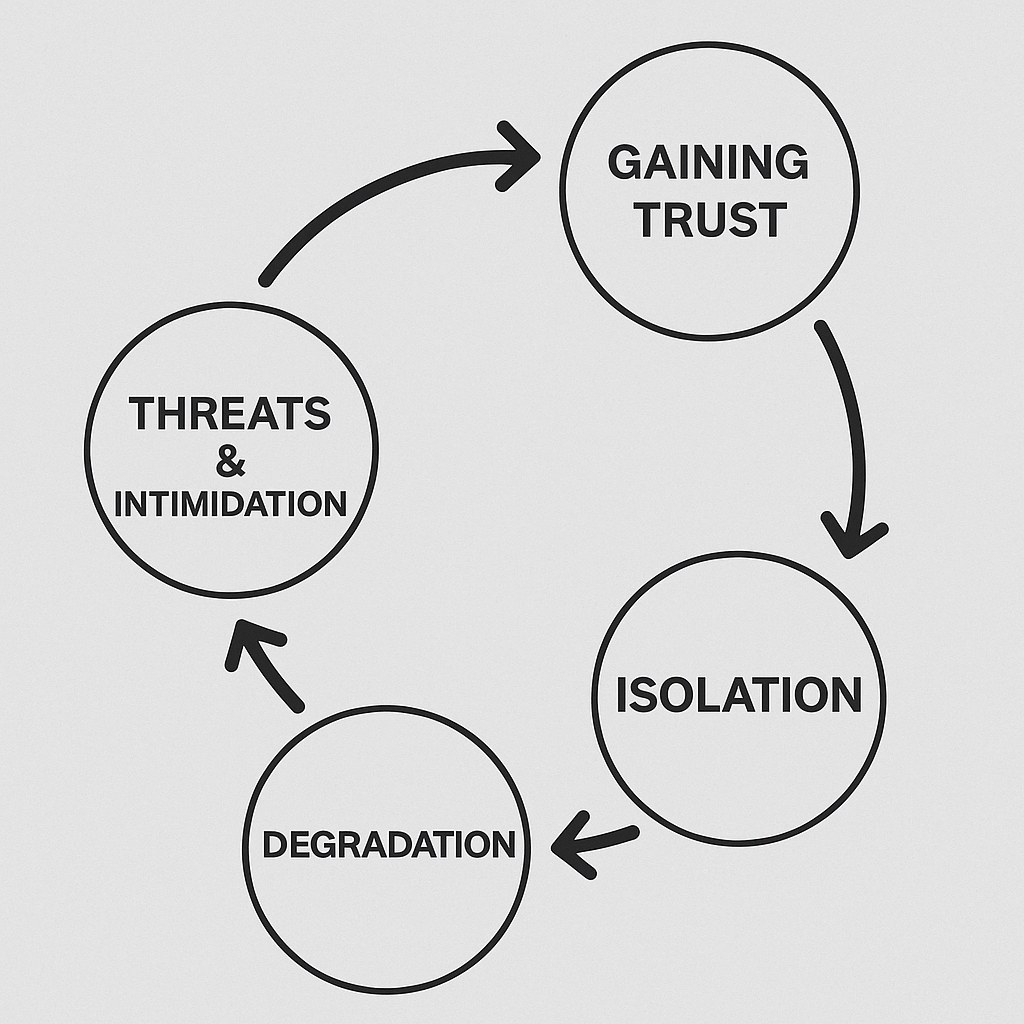
Early Signs: Love Bombing and Excessive Attention
In the early stages, coercive control can be difficult to spot. In fact, it may even look like intense love or devotion. Behaviours like:
- Constant flattery and gift-giving
- Saying “I love you” too soon
- Wanting to spend all your time together
- Being in constant communication
This is often referred to as “love bombing”, a tactic used to emotionally hook the victim before the control begins.
Behaviours that Signal Coercive Control
Over time, coercive control becomes more obvious—and damaging. Key signs include:
- Isolation – Keeping you away from family and friends
- Monitoring – Checking your messages, emails, and whereabouts
- Controlling Finances – Restricting your access to money or tracking your spending
- Gaslighting – Making you doubt your memory, feelings, or perceptions
- Jealousy – Accusing you of flirting or cheating without cause
- Criticism and Humiliation – Constantly putting you down
- Sexual Pressure – Forcing or manipulating you into sexual acts
- Taking Control Over Daily Life – Telling you what to wear, when to eat, and who to talk to
- Manipulating Children – Using kids to shame, control or isolate you
- Threatening Loved Ones – Including children or pets as a form of intimidation
- Depriving Basic Needs – Controlling sleep, food, medication
- Blaming – Never taking responsibility for their actions
Case Study: Maya and Jay
Maya was a confident, social young woman. When she met Jay, he swept her off her feet—always complimenting her, sending gifts, and messaging non-stop. But soon, Jay began demanding to know where she was at all times, and accused her of cheating if she went out with friends.
He pressured her into sending explicit photos, saying, “If you loved me, you would.” He insulted her appearance, criticized her friends, and slowly chipped away at her confidence. Maya stopped seeing friends altogether and felt like she had to ask Jay’s permission for everything.
Jay’s behaviour is a textbook example of coercive control—starting with love bombing, then evolving into surveillance, emotional abuse, and isolation.
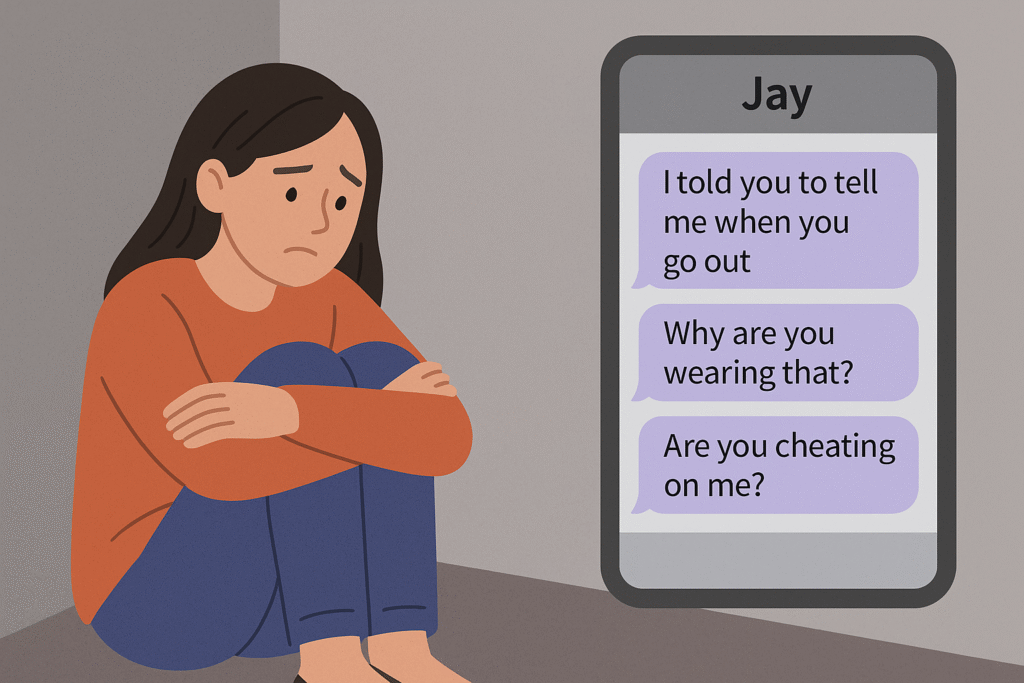
Why It’s Hard to Recognize and Leave
Coercive control isn’t always obvious, especially when it happens gradually. Many young people:
- Believe the abusive behaviour is a sign of love or care
- Have low self-esteem due to the constant criticism
- Are financially or emotionally dependent on their abuser
- Fear judgment, shame, or being disbelieved
- Worry that things will get worse if they leave
The Legal Perspective
In many countries, including the UK and Australia, coercive control is increasingly being recognized in law. In 2015, the UK made it a criminal offense. Australia is also working on legal reforms and national principles to address coercive control.
“The victim becomes captive in an unreal world created by the abuser, entrapped in a world of confusion, contradiction and fear.” – Evan Stark, Author of See What You Made Me Do
The Role of Technology in Coercive Control
Modern technology has introduced new ways for abusers to monitor and manipulate victims:
- Using phone trackers and GPS
- Hacking into emails and social media
- Using spyware apps without consent
- Flooding victims with messages or calls
- Posting online threats or revenge porn
Young people are especially vulnerable due to their digital dependence.
Statistics
- 43,774 coercive control offences were recorded in England & Wales in 2023 (ONS)
- 97.7% of those convicted were male
- 95% of victims were women (Barlow et al., 2018)
- In relationships where only one partner was abusive, 30% of women and 6% of men reported coercive control (Myhill, 2015)
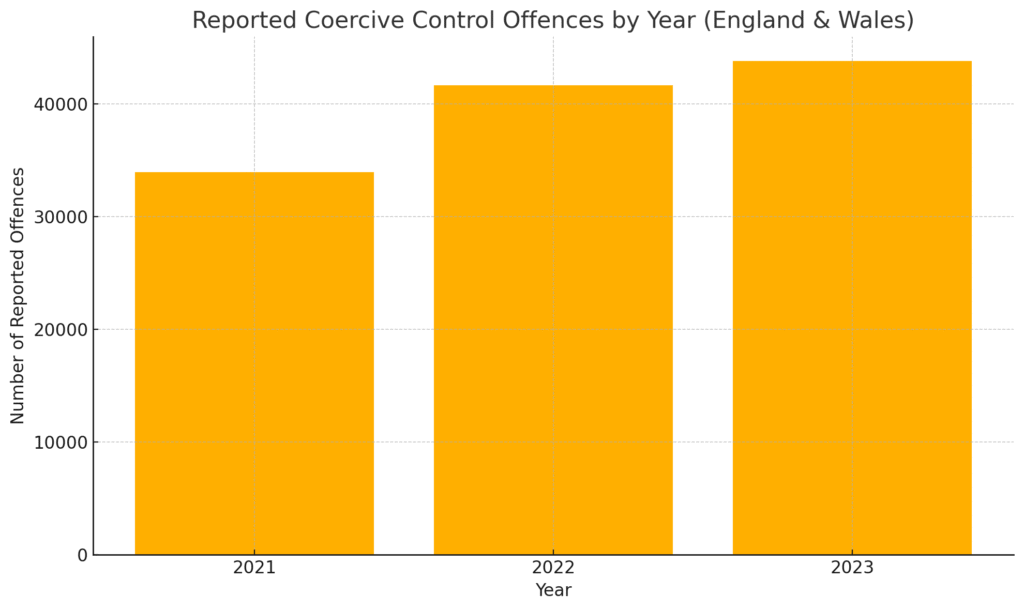
How Coercive Control Affects Victims
The long-term impact is severe:
- Depression and anxiety
- PTSD or trauma symptoms
- Loss of independence and identity
- Difficulty forming new relationships
- Emotional numbness or withdrawal
Some victims even describe feeling like they’re in a prison they can’t see.
How to Help Yourself or Someone Else
If you recognize these signs in your relationship or someone else’s:
✅ Talk to someone you trust ✅ Document behaviours and incidents if it’s safe ✅ Create a safety plan ✅ Reach out to support services ✅ Avoid confronting the abuser without professional guidance
In an emergency, always call 000.
Support Services
Australia
- 1800 RESPECT – 1800 737 732 (24/7)
- Men’s Referral Service – 1300 766 491
- Kids Helpline – 1800 551 800
Online
Final Thoughts
Coercive control doesn’t start with a bruise. It starts with control. With being told who you can see, what you can wear, and slowly believing that your voice doesn’t matter.
Recognizing coercive control is the first step in breaking free from it. Whether you’re a young person in a new relationship or a concerned friend or parent, knowing the signs can save lives.
Remember: real love doesn’t demand silence, obedience, or fear.
SEO Keywords: what is coercive control, coercive control in relationships, signs of coercive control, abuse without hitting, young people and abusive relationships, controlling partners, how to recognize emotional abuse, coercive control Australia, leaving abusive relationships, support for abuse victims
